In the wild, under similar circumstances, the herd size is controlled by the carrying capacity of the land. When there are more deer than the land can support the excess deer will disperse; or disease will reduce the herd naturally. This leaves a balance of mature deer of both sexes as well as all age groups. When humans intervene, as was done at the Monocacy Battlefield, indiscriminate slaughter reduces the herd unnaturally. I recently spoke with an employee at the Battlefield who told me that Department of Agriculture sharpshooters killed 264 deer in just 4 evenings of herd reduction. At this time the feeders are out to lure any remaining deer to their deaths in a few weeks.
I visited the park several times since the last slaughter without spotting even 20 deer. No doubt there are more which are not visible from the access roads. The deer in the following photos were among the 264 killed "for their own good".
This just a small sample of the deer that could be observed at the battlefield before the herd reduction began. I would wager that the likes of these deer will not be seen there again because the reduction program is scheduled to continue for five years, or until the deer are eliminated, whichever comes first.
Thanks for visiting, be well, and come back soon.
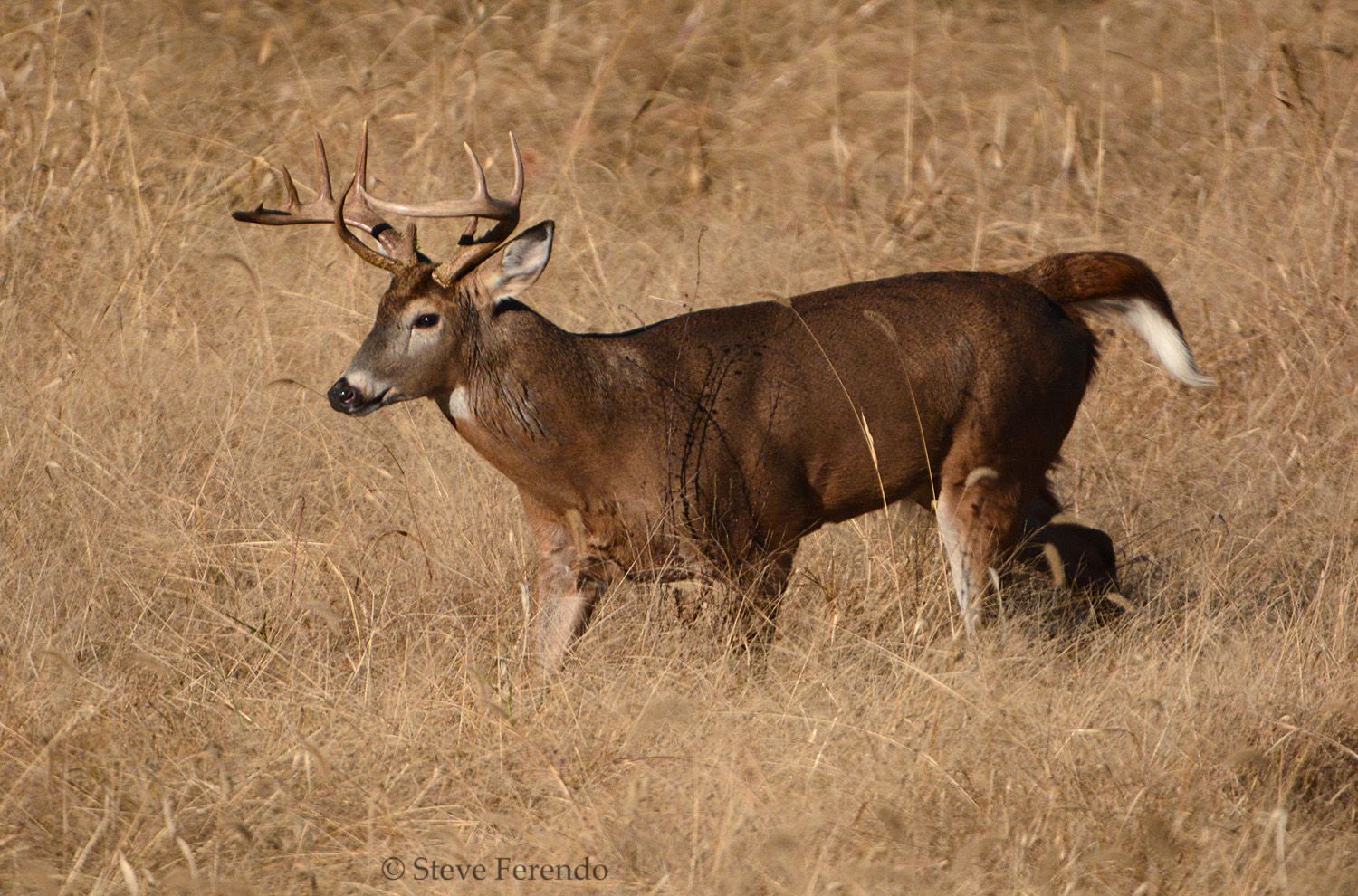

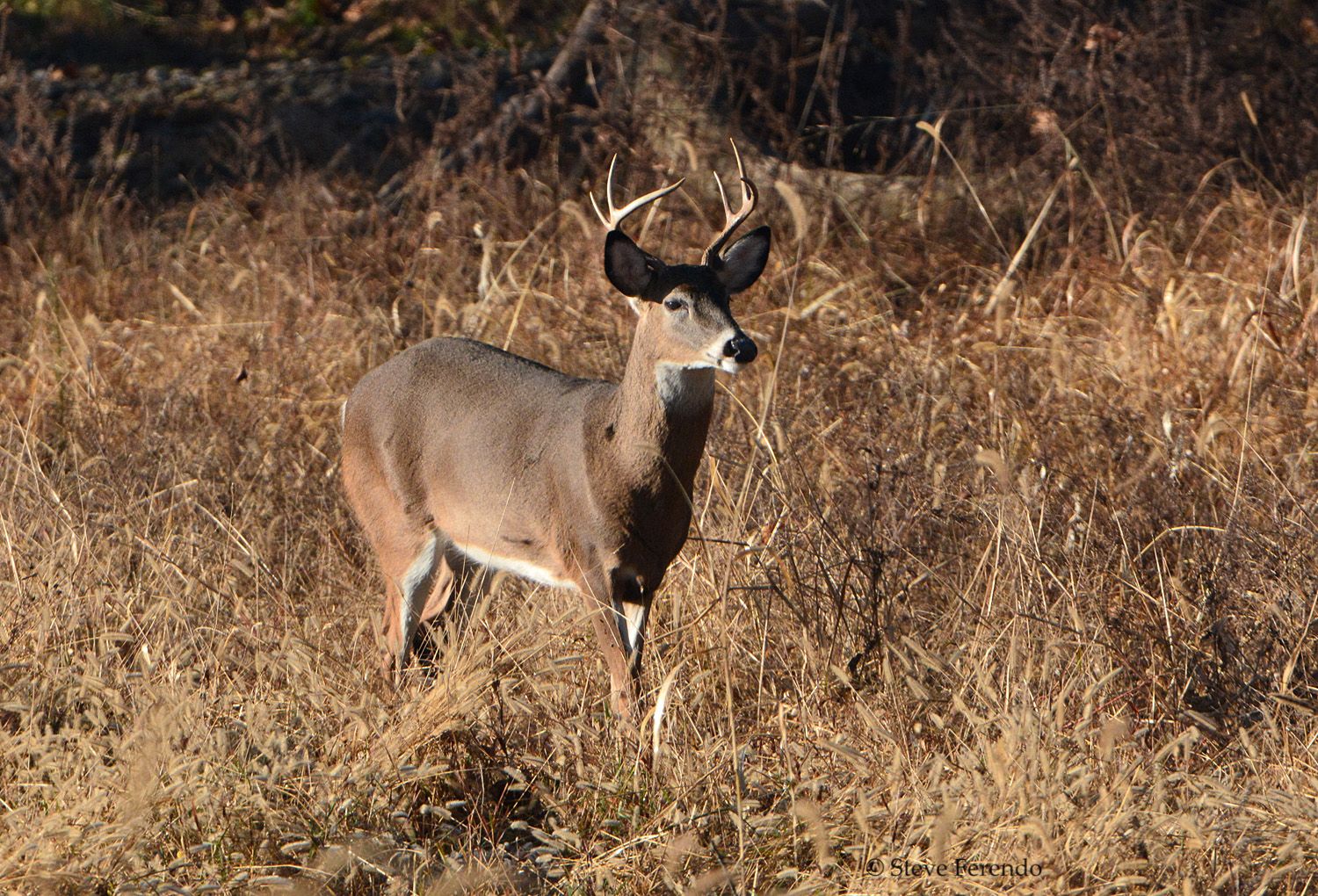

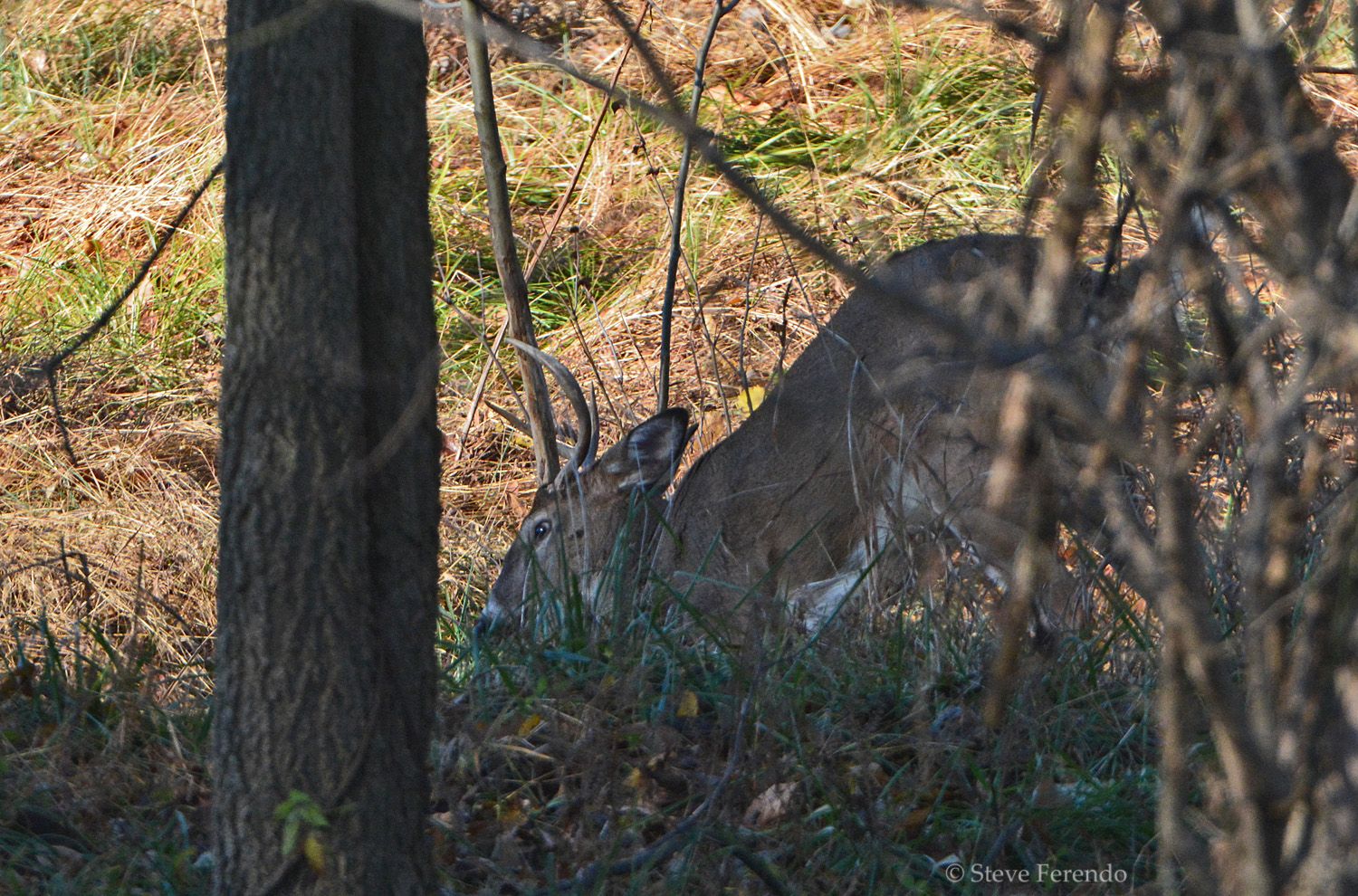
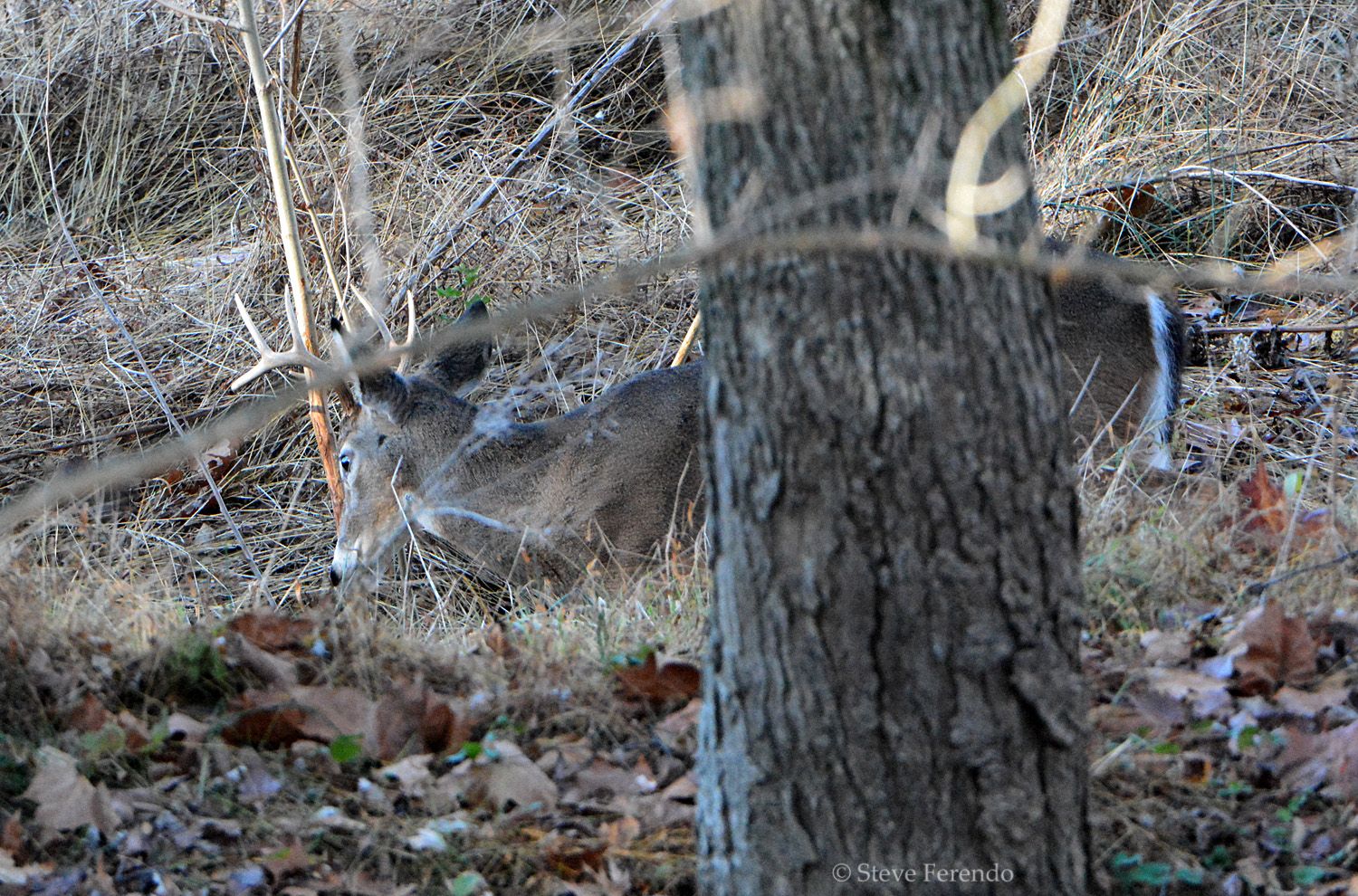
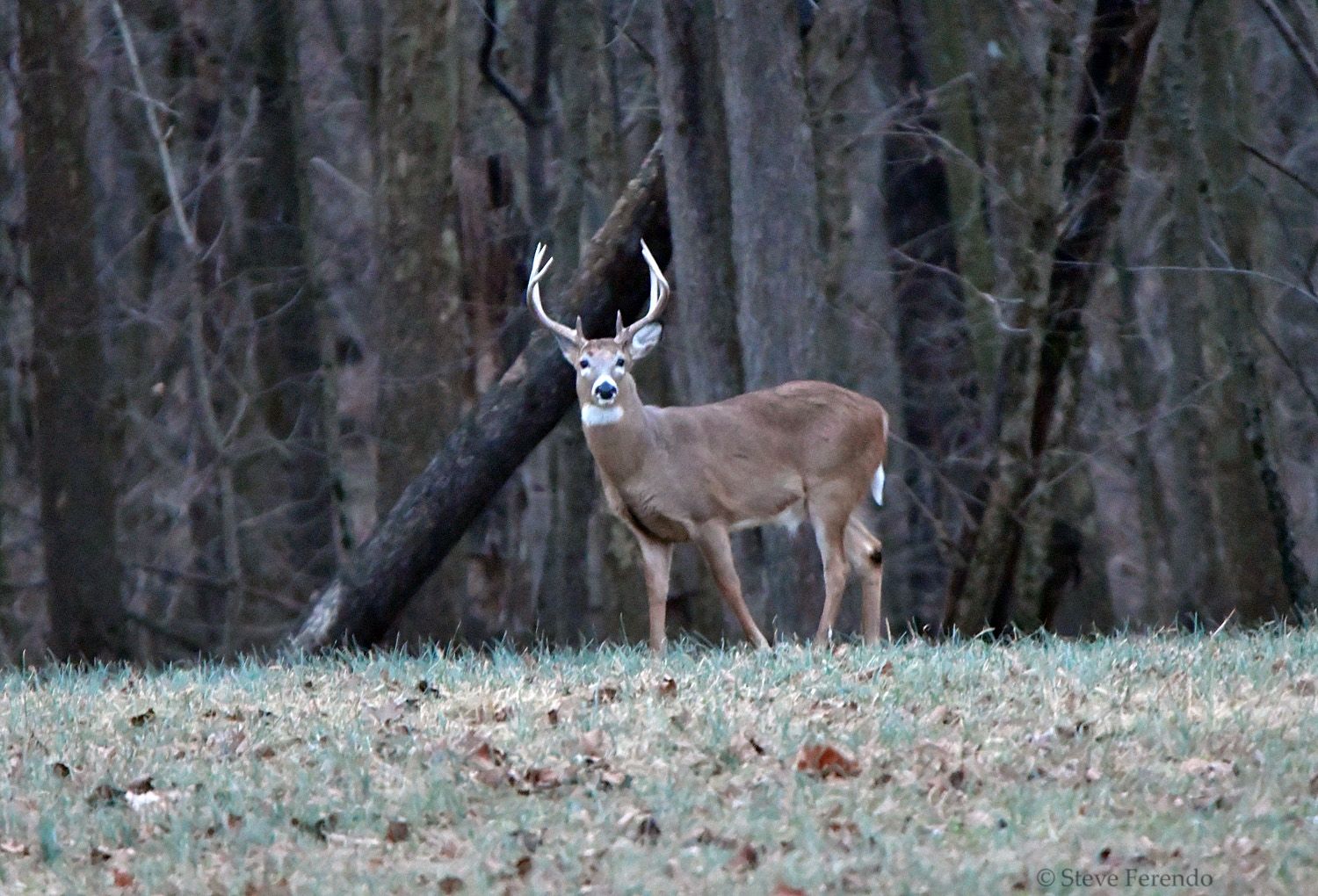
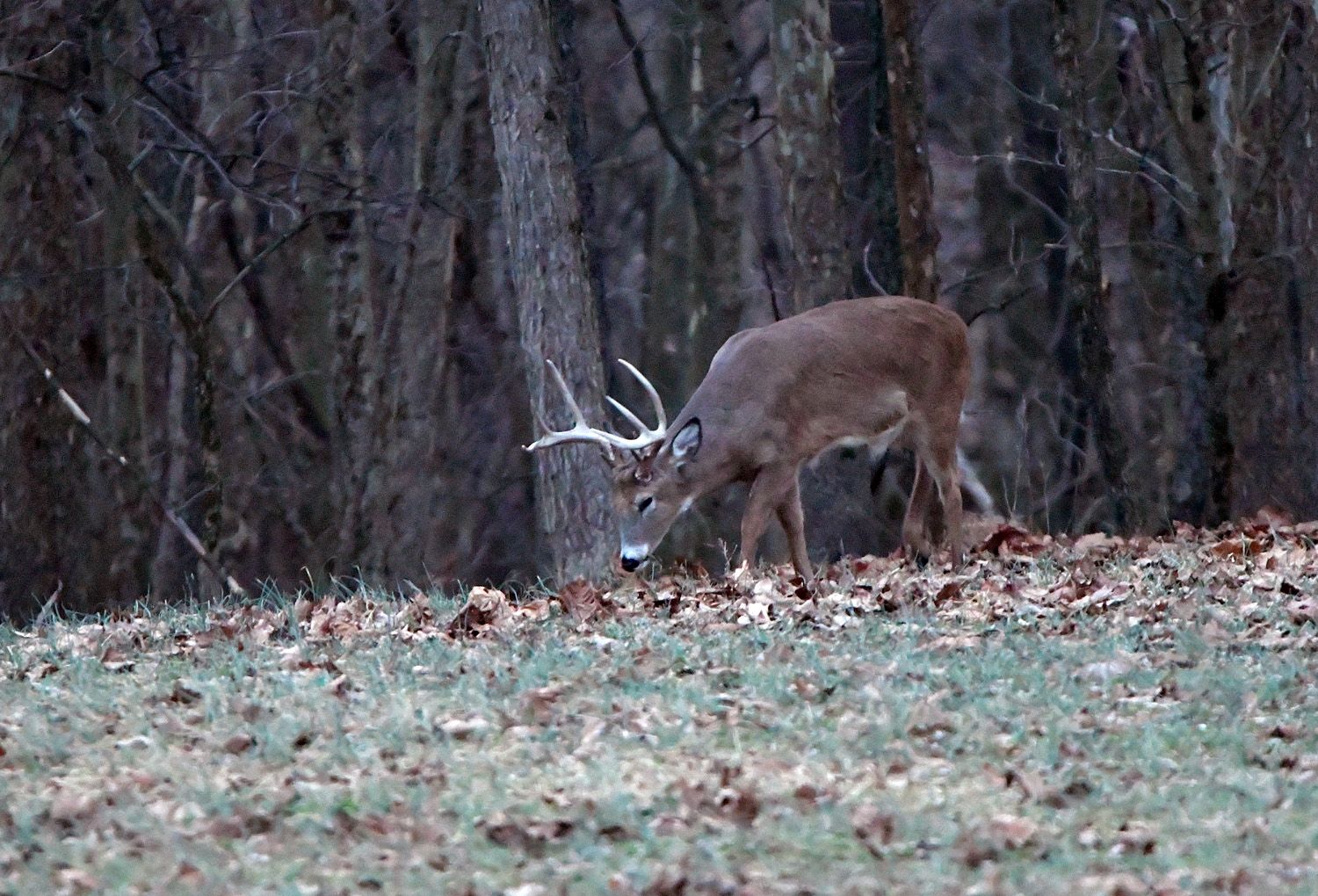

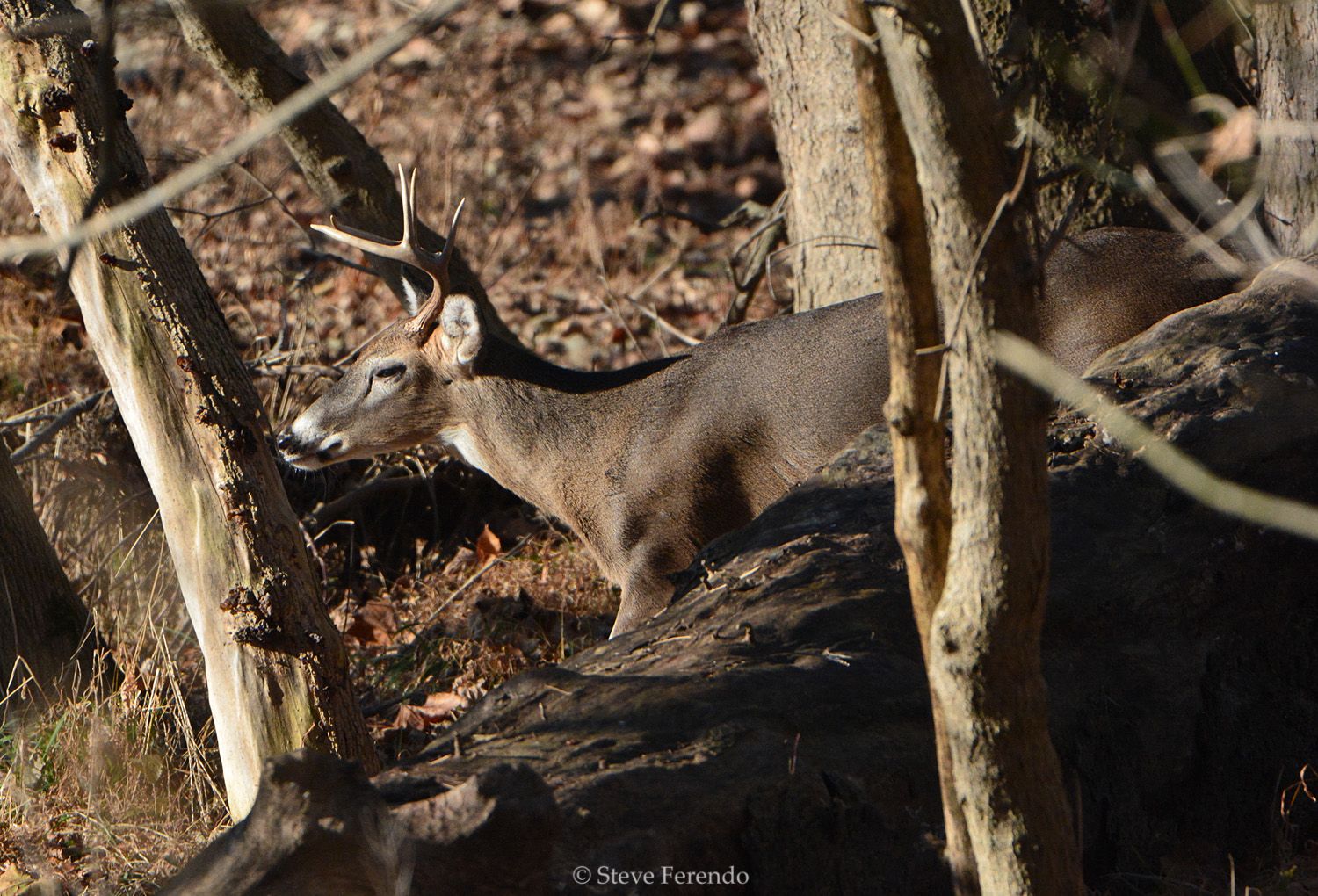
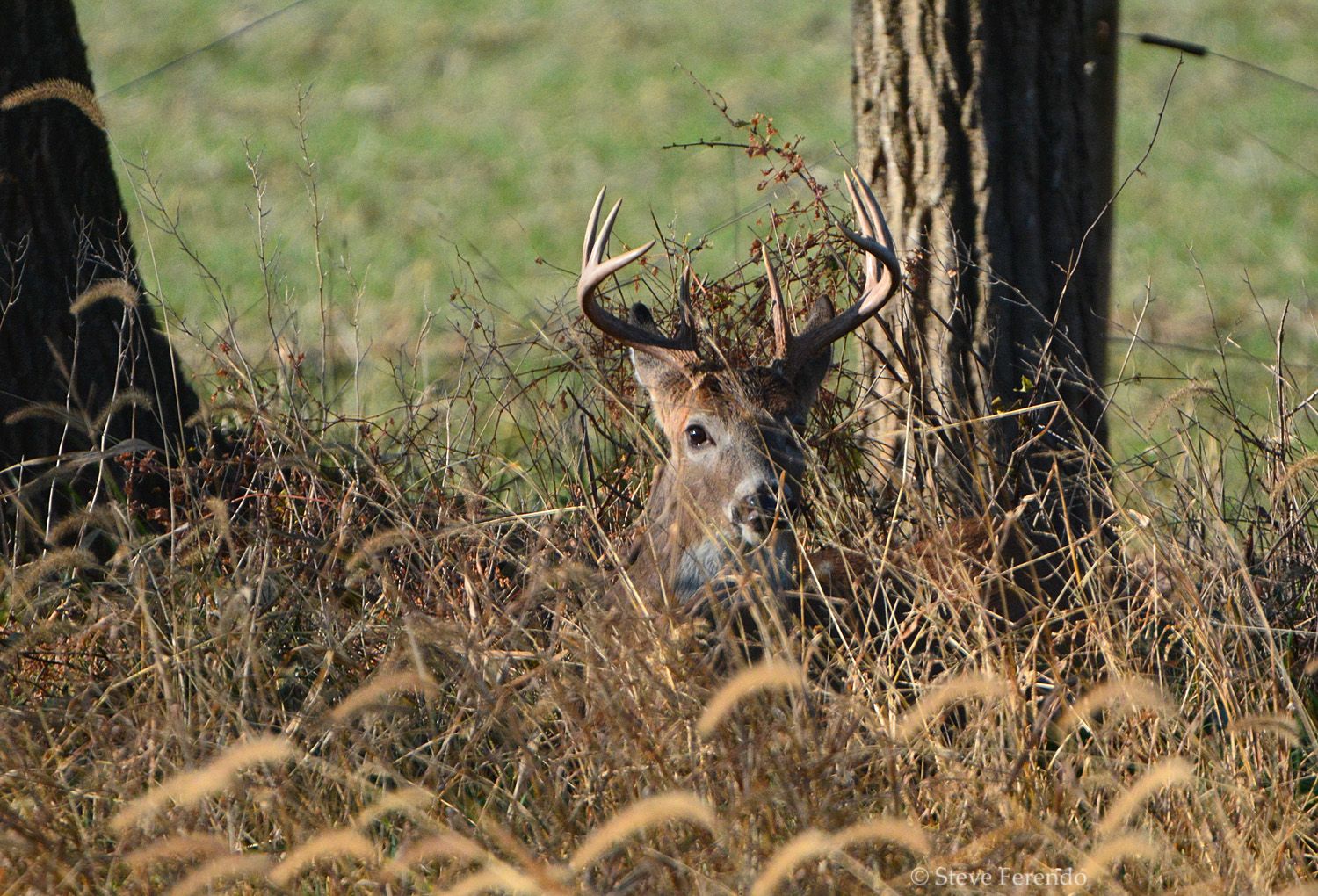

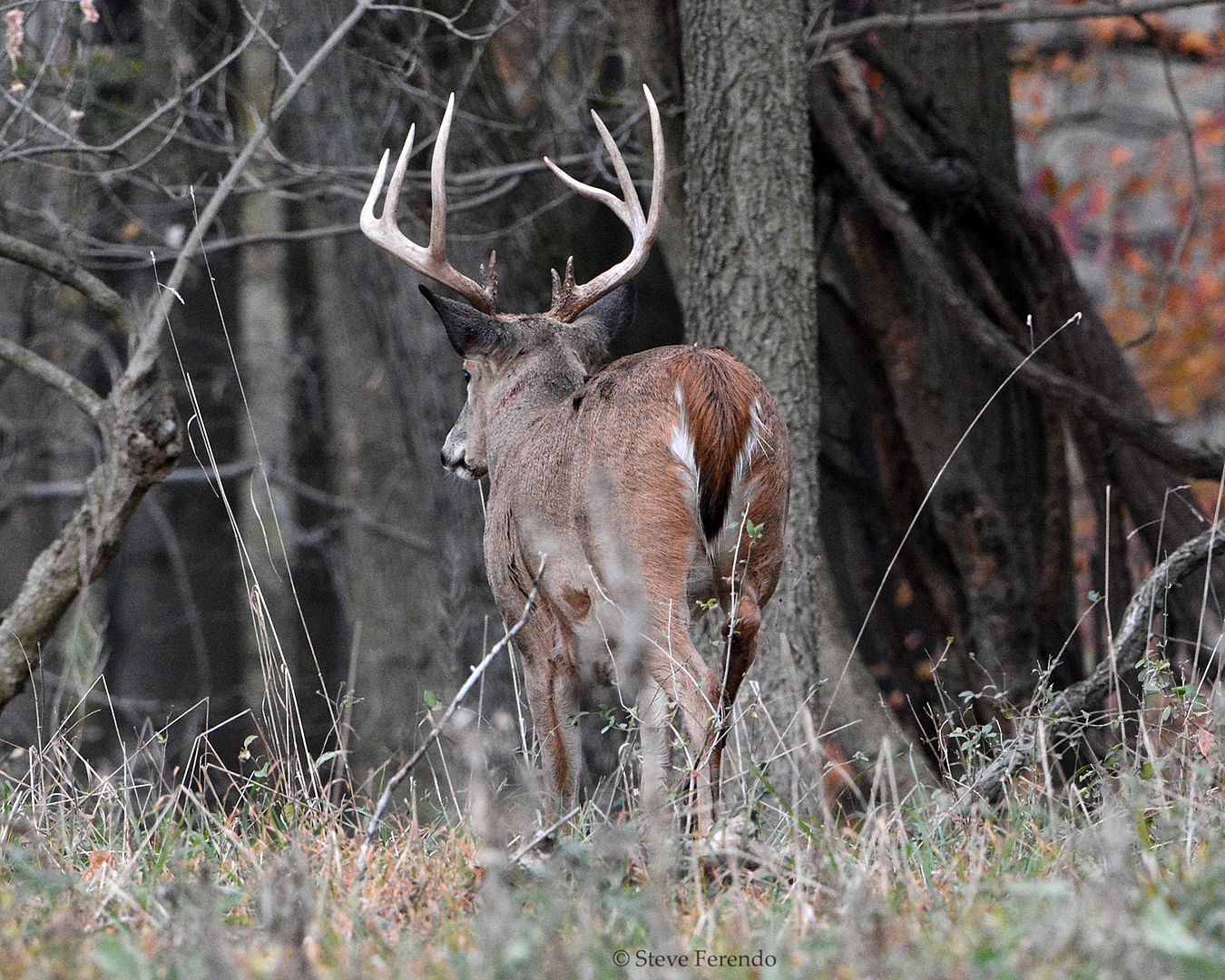
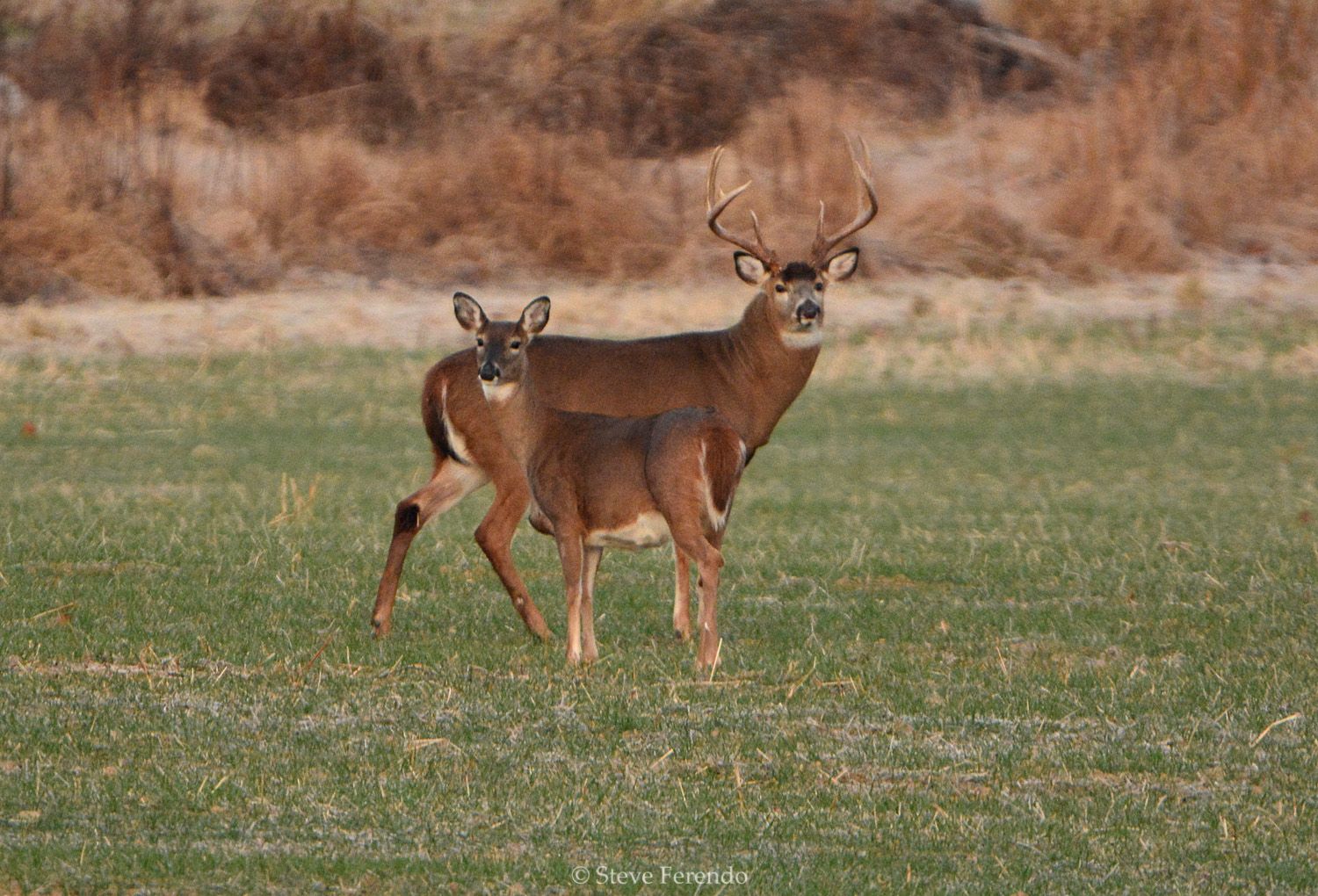
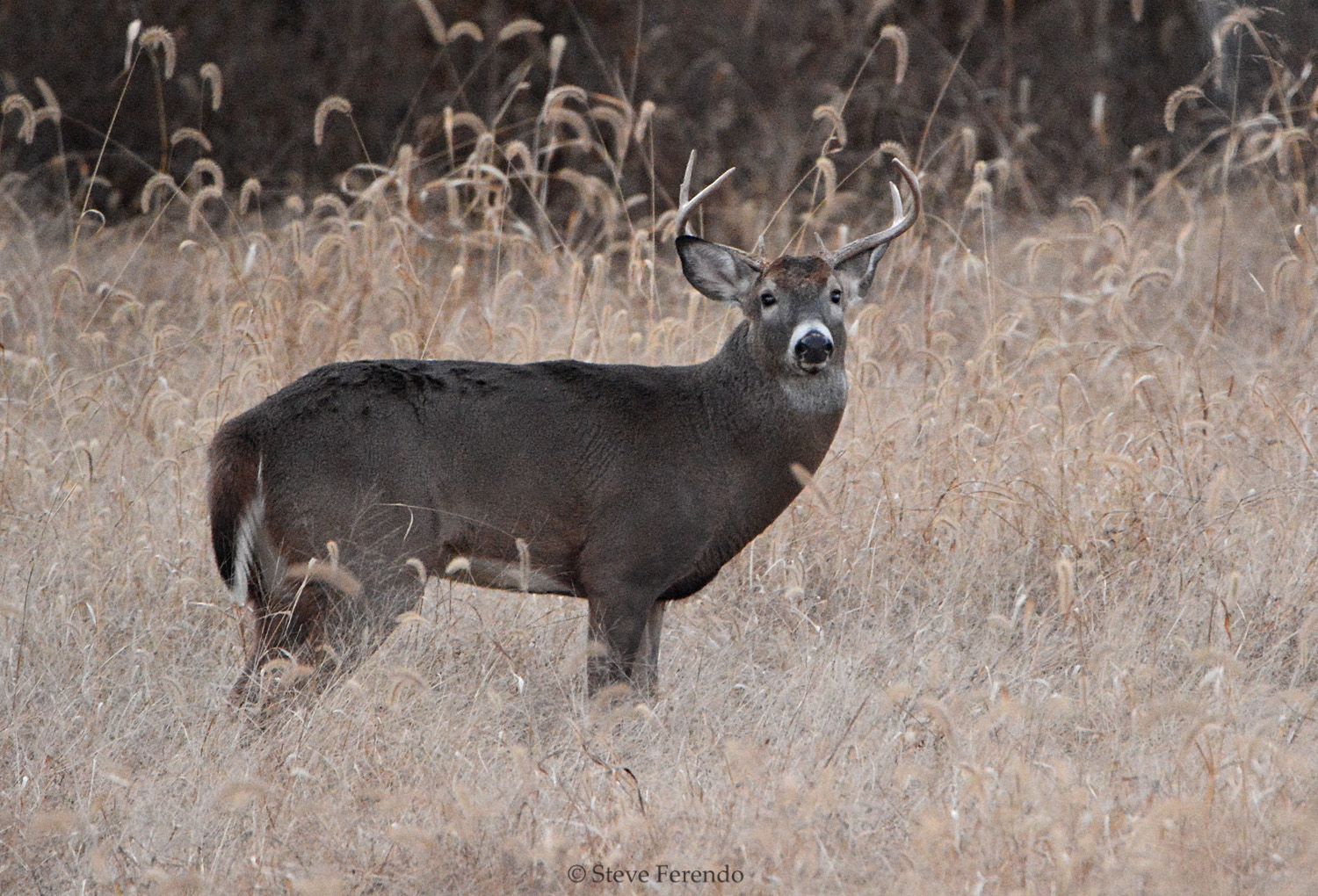
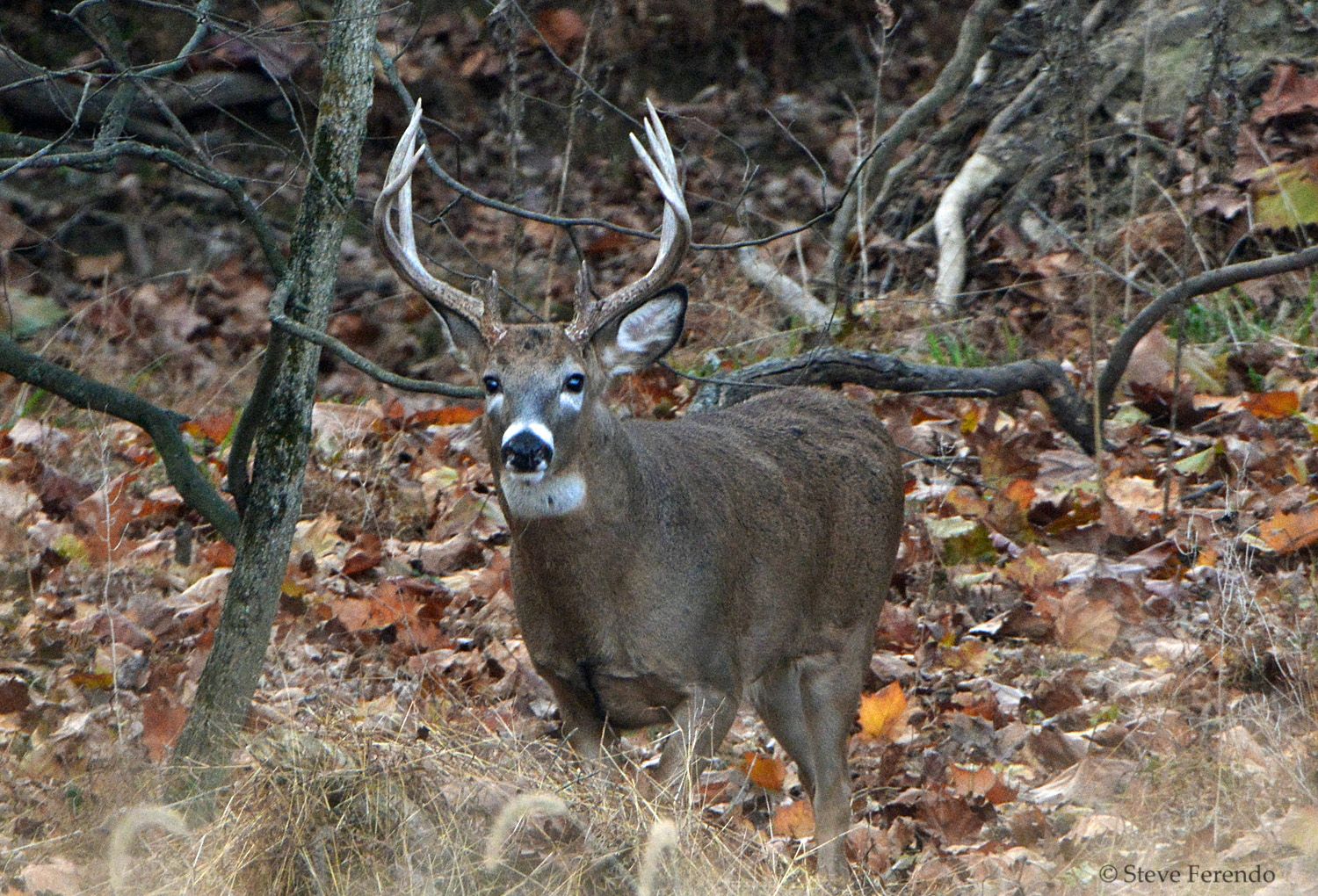
Having spent a lot of time on a large property where hunting of any kind was prohibited for over 80 years and seeing the impact of a high deer population on native vegetation, the proliferation of exotic plant species and bird species that nest on the ground or in low vegetation it's fully understandable that herd reduction is necessary. Herd reduction is certainly not done lightly and is undesirable from an individual animal's aspect, but in the larger scheme of things individuals seldom matter.
ReplyDeleteAs a friend has often said, "Because it doesn't have big brown eyes, nobody cries when habitat dies."